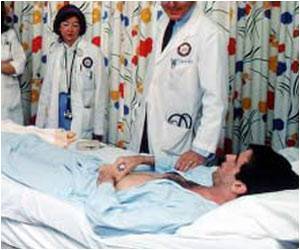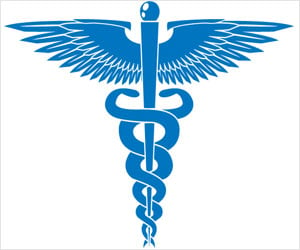Doctors at a major academic medical center created and reviewed standardized communication practices that were aimed at improving communication with their patients.

In the study, doctors at a major academic medical center created and reviewed standardized communication practices that were aimed at improving communication with their patients. Each month, the doctors reviewed patients' perception of doctor communication as measured by the Hospital Consumer Assessment of Healthcare Provider Systems (HCAHPS) survey. Examining survey responses from 7,043 patients over one year, study authors Horton et al. found that the percentage of patients who 'always' felt that the doctors carefully listened to them, treated them with respect and courtesy, and explained things in a way they could understand improved by 9 percent.
"A major strength of this study is its generalizability to other institutions or hospitalist groups as establishing specific communication standards is neither costly nor time intensive," wrote the study authors. "While the importance of consistent processes in healthcare is widely accepted, this study is notable in highlighting the effectiveness of standardization in an area that has sometimes been considered more art than science."
The communication practices provided to the doctors include:
Basic courtesies, such as knocking prior to entering examination rooms, closing door/curtain to ensure privacy, washing hands after entering the room, muting the TV, shaking hands with patients, sitting at eye level with patients, introducing team members to the patient and family members, asking open-ended questions, and more.
Format for bedside discussions including getting observations from the patients (e.g., pain levels, symptoms), checking patients' vital signs and reporting relevant results of any exams or tests taken, and summarizing the patients' major health problems, their statuses (stable/improving/worsening), and treatment plans. Summarizing findings and treatment plan in simple language, including the reason for their hospital admission, the plan for the day, and when the patient will come in again.
Advertisement
"This study adds a great deal to our understanding of the importance of doctor-patient communication," commented Dr. David Nash, Editor-in-Chief of the American Journal of Medical Quality.
Advertisement









